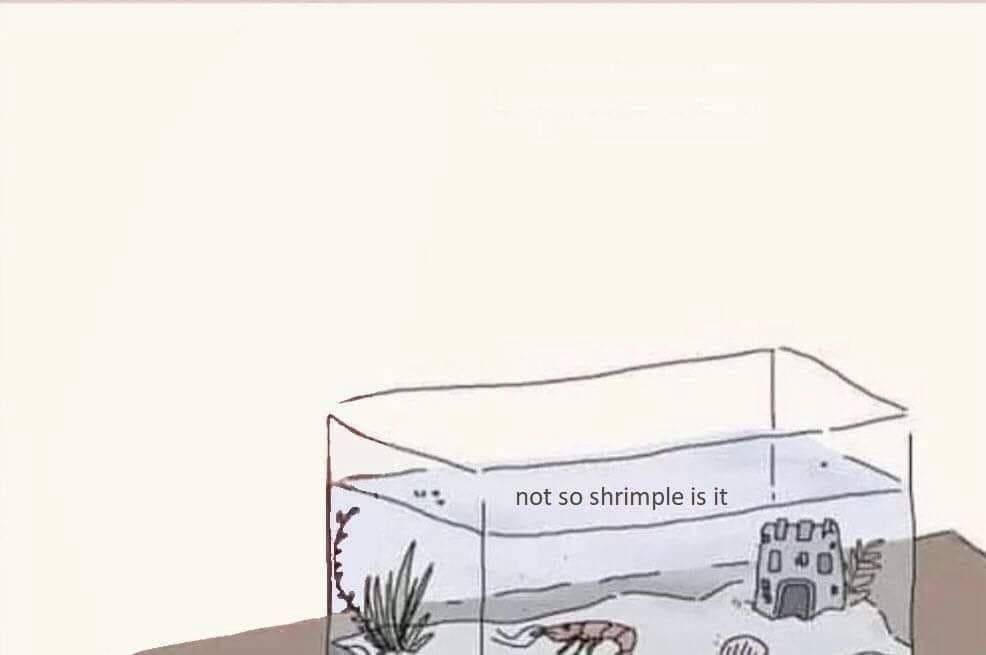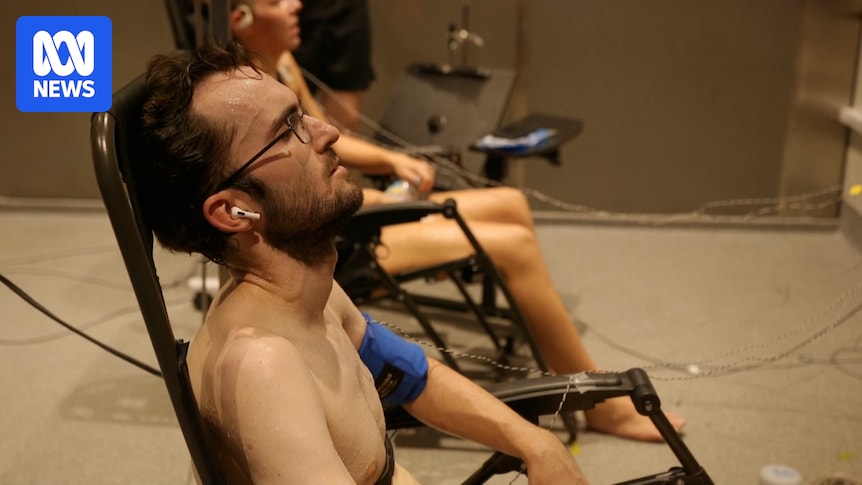Oh my god this article lay out. Just put sand in my eyes.
What was their conclusion?
Reader mode of Firefox helped me be able to read the content of the article, despite the unacceptable layout.
Here’s the short version:
Wet-bulb weather is when, because of a combination of humidity and heat, you can’t naturally cool off with things like sweat.
There are certain combinations where the weather only needs to be 25.8C for a health younger person, or 21.9C for an elderly person for “wet-bulb” to be achieved.
Climate change is real, and it’s causing more instances of “wet-bulb” weather.
Outside activities may not be possible in the summer in certain parts of the world, people will die, the rich will move.only needs to be 25.8C for a health younger person, or 21.9C for an elderly person
That’s disturbingly low
It’s also at 100% humidity in case that wasn’t clear.
Edit: ok so what he posted wasn’t wrong but the study said that it could be as low as that for some groups of people. For the average person it’s almost 10 degrees C higher which is lower than it used to be.
However for heat sensitive people (not sure what that means) it can be disturbingly low
So it’s more like ~35C, but it used to be 40? Is that because of constant heat exposure? Like, is my heat tolerance better in the winter?
It seems like it used to be 35° but now it’s ~34°.
I don’t have access to the actually study but I would hypothesize that it’s likely because we are seeing more studies about things like this and as we collect more data that’s changing these values to be closer to what we see in the real world.
Wet-bulb weather is when, because of a combination of humidity and heat, you can’t naturally cool off with things like sweat.
This isn’t quite right, even though the gist of it ends up being right. This is one of very few things I’m legitimately an expert in, so I don’t want to let it go uncorrected not because it makes a big difference, but because it just feels weird not to and maybe somebody will be interested.
Dry bulb temperature is what you typically read when you’re looking at a thermometer. The bulb, the thing that’s checking the temperature, is literally dry. To get a wet bulb reading, you essentially put a wet sock around a thermometer (to get a “psychrometer”) and swing it around for a while, because you get a different reading when the water is evaporating off it. So when the air is fully saturated (100% humidity, standing in a cloud), your wet bulb and dry bulb readings will be the same. In all other cases, your wet bulb temperature will be lower.
“Wet bulb weather” isn’t really a phrase people use. High wet bulb, high relative humidity, high absolute humidity - all the same thing (and in fact, if you have just one of those and the dry bulb temperature, you can calculate the others). They just measure how wet the air is in slightly different ways.
I appreciate the precision AND pedantry of your response. Great, concise explanation of exactly what that term means.
i was interested, thank you.



